China Travels: Wutai Shan
The
next morning I woke up at 5am (ugh) to catch my 7:30am bus to Wutai Shan.
Amazingly, there were only 5 passengers going to Wutai Shan that morning,
leaving me ample room to spread out on the 40-seat bus – not something you get
to do much on Chinese public transportation. The drive from Datong to Wutai
Shan took about five hours because part of the mountain road was under construction.
However, the slowest parts often had the best views: admiring the lush green
hills and mist-covered vistas kept me occupied during most of the ride.
Wutai
Shan (literally: Five Plateau Mountain) is one of the four sacred mountains of
Chinese Buddhism and is home to Manjusri, one of the four great bodhisattvas.
It is home to 53 monasteries (almost all of which are active) and is a UNESCO
world heritage site (Background info from Wikipedia). I spent two
days visiting temples all day but I barely scratched the surface. I would love
to spend more time there in the future just to see more of the temples and
visit some of the five peaks (none of which I made it to, unfortunately).
After
checking into my hotel (which claimed that I didn’t have a reservation, even
though I had called and confirmed my reservation the day before - bah), I went
to the town of Taihuai, where some of the more popular and easily accessible
temples are located. I started off with the Ta Yuan Temple, the temple that
contains an iconic white pagoda that is often shown in Wutai Shan postcards.
While I was walking around the temple a monk from Sichuan came up to me and
wanted to take a picture. I obliged, even though I could barely understand what
he was saying through his thick Sichuanese accent. We walked around the temple
together for a while spinning the prayer wheels, and then I said goodbye and
went of to take pictures on my own.
As
I was on my way out of the temple, another monk gave me the token “Hello!” that
foreigners receive so much in China. As has become my habit now, I responded in
Chinese. As we walked out of the temple the monk introduced me to a friend, and
the three of us began to chat as we walked. Out of the two monks, the one who
initiated the conversation with me was much more talkative. His name was Qing
Mai (I never learned the name of the second monk), and both of them were from
Tibet. They were studying in Wutai Shan for several weeks – a study trip/pilgrimage
to the sacred mountains. Interestingly, they said that Tibetan monks were
forbidden from living in the monasteries like most of the other monks do when
they visit Wutai Shan. They invited me to come with them to another nearby
temple, and I happily followed along.
We
ended up spending the better part of the afternoon exploring the temples in the
area together. The temples themselves were interesting, but I especially
enjoyed talking to Qing Mai and his friend and seeing how they interacted with
the temples. Many of the temples had Tibetan inscriptions or Tibetan prayer
flags, and they translated the script for me. Like me, Mandarin was their
second language, and we bonded over the difficulties of studying it. Qing Mai
also was insistent that I get pictures in front of every temple we visited, and
I think he enjoyed using my camera.
Note the foreigner stare on the left.
At
the end of the day we took pictures together in front of the white pagoda. Qing
Mai gave me a string of prayer beads he was wearing as a gift, and I gave him a
small prayer bead bracelet I was wearing in return (although I was slightly
embarrassed I only had one bracelet since there were two of them). We parted
paths and I went back to my hotel. Tired from the long day, I grabbed a quick
dinner and went to bed early.
China: on its way to being the largest economy in the world, but they still can't design a bathroom that won't electrocute you during a shower.
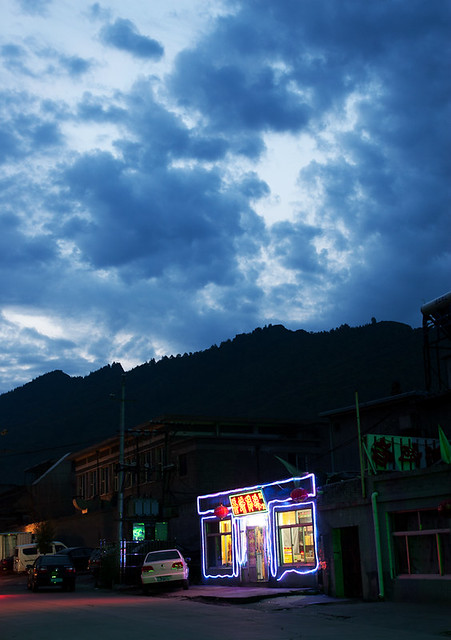
A store selling Buddhist Paraphernalia.
The
next morning I woke up at 4:50am to catch the sunrise. I wanted to go back into
town and take pictures of the white pagoda at sunrise. Unfortunately, the
busses weren’t running that early, so I could only shoot in the area around me.
I decided to try to get on top of one of the nearby mountains and shoot the
valley below. Without any idea how exactly to get to the top of the mountain, I
began walking down a road that looked like it might lead in the right
direction. I walked down the road for about twenty minutes without seeing a
good way to climb the mountain. Finally, I came to the end of the road, and was
ready to turn around and run to another location before the good light was all
gone. However, as I got closer to the end of the road, I saw a temple that was
hidden by construction in front. The front door was open and nothing said I
couldn’t go in. I peeked around the inner courtyard and heard chants coming
from a hall directly in front of me.
At the entrance to the hall I looked inside
and saw a line at least twenty monks chanting in unison. One of the monks who
wasn’t praying said I could go inside and watch. I sat on a pad on the side of
the hall and listened to the chanting for about twenty minutes. Unfortunately,
I wasn’t allowed to take pictures inside the hall, but it was a very cool
scene.
Part of the reason this temple (I later
found out it was called the Guanyin Cave Temple – Guanyin is the Bodhisattva of
Compassion) attracted me was because it had a stairway up the side of the
mountain. After listening to the chants I climbed the stairs and enjoyed the
view from the top. Unfortunately, the cave at the top after which the temple was
named wasn’t open yet, and I never had a chance to go back and check it out.
The sunrise was fairly unexciting, but I enjoyed just sitting at the top of the
mountain and looking over the valley. Once I was finished exploring the Guanyin
Cave Temple, I walked back down the same road I came from and walked to what
became my favorite temple I visited in Wutai Shan: the Nanshan Temple.
The Nanshan Temple(literally: South Mountain
Temple) is located on top of a mountain. The temple was divided into three
terraces, each built at a different time period. Each terrace had courtyards
within itself, and the effect is that the temple feels like a maze. You enter
at the lowest terrace and climb up. As you ascend you can look back and see the
lower parts of the temple below you and the gorgeous valley behind it. If felt
as if the temple was floating in the middle of the valley. The effect was
magical; my photos really don’t do it justice.
I walked up to the top terrace and then went
back down the way I came. It was now around 10am, and I decided to take a nap
for a few hours to recuperate from my early morning mountain adventures. I woke
up at around noon, got some lunch, and took the bus to Taihuai.
I made my way to the Dai Luo Peak: a temple atop a tall mountain accessible by chairlift or a very long flight of stairs. I was not in any hurry so I opted to take the stairs up. There were 1080 stairs to the top, and some devout Buddhists stopped at every third step, knelt, and bowed their heads to the steps while saying a prayer. Doing this the entire way up meant 360 repetitions, and the people who made it to the top all wore padding on their legs to endure the repeated kneeling. I hung out at the top of the mountain hoping for a nice sunset, but, alas, one never materialized. I walked down the mountain, ate at a noodle restaurant for dinner, and had another relaxed evening.
I made my way to the Dai Luo Peak: a temple atop a tall mountain accessible by chairlift or a very long flight of stairs. I was not in any hurry so I opted to take the stairs up. There were 1080 stairs to the top, and some devout Buddhists stopped at every third step, knelt, and bowed their heads to the steps while saying a prayer. Doing this the entire way up meant 360 repetitions, and the people who made it to the top all wore padding on their legs to endure the repeated kneeling. I hung out at the top of the mountain hoping for a nice sunset, but, alas, one never materialized. I walked down the mountain, ate at a noodle restaurant for dinner, and had another relaxed evening.
One of the many beggars on the path up to Dai Luo Peak.
Apparently there is some tradition where lovers buy a lock and lock it to the chains at the top of high-up mountains as a sign of their commitment.
Not even the Nobel Eightfold Path can compete with Apple products.
This poor monkey was being sold at the top of the mountain. I'm surprised he didn't mauled his owner for making him wear this awful suit and hat every day.
The next morning I woke up early again to catch sunrise. I decided to revisit Nanshan temple and see if I could get some images of it under the nice morning light. I made it to the temple at 5:40 am only to find that the door was closed. Somehow the 19-year-old college student had gotten up earlier than the Buddhist monks. I waited out front, enjoying the view and catching up withy my journal entries. After about half an hour two local men climbed the stairs towards the entrance, and I asked what time the door opened. They said it should open any minute. I chatted with them while we waited. They were both life-long resident of Wutai Shan (as evident by their sometimes incomprehensible accents – isolated areas like Wutai Shan can develop strong dialects) and they told me that they climbed to the top of Nanshan temple every morning before work. I imagined how relaxing it would be to visit the temple every morning, and was extremely envious of their easy access to such a gorgeous temple. The door opened and I followed them as they climbed up the temple’s terraces. We talked for a while at the top, they took a bunch of pictures of me, and then we walked down to the bottom of the hill together and parted ways.
Apparently this Fu Dog was smashed during the cultural revolution.
Unlike the bus to Wutai Shan, the bus back to Beijing was completely full. I settled into my seat and made conversation with a Finnish couple sitting across the row from me. The first two hours of the trip went smoothly. Then, somewhere in some desolate part of Hebei province, we suddenly pulled over on the side of the freeway. The driver got out, examined the front of the bus, got back in, and tried the start the engine. The bus' engine choked, and a red light illuminated on the dashboard, accompanied by a shrill beep. We were stuck for the time being. At first everybody stayed in the bus, hoping the problem would be resolved quickly. After about twenty minutes, the bus was starting to become unbearably hot, and people got off the bus. It was around 90 degrees outside and very humid – not the best weather for a bus breakdown. When it became clear we were going to be stuck for a while, I stepped outside. Under the front of the bus was a large pool of water, which I was told was from the air conditioner. In the back, our driver was working in the depths of the engine to try to fix whatever ailment the bus had developed. At first, we thought it needed more oil, so we got a passing truck to bring us some oil. At one point one of the more proactive passengers made a roadblock on the service road and stopped two 16-wheelers and a SUV and wouldn’t let them pass until they gave us some oil (see the video below, it didn’t work out very well). But adding oil did not help, and we were stuck watching the driver hopelessly press the ignition and listening to the engine fail.
The tow truck towed the bus to a nearby service station where we could relax in the shade and buy some much-needed ice cream at the convenience store. We waited for our replacement bus in relative comfort, happy to be in a cool spot where we could sit. The bus finally came and we had a smooth ride back to Beijing – arriving about four hours later than expected.
We arrived at a bus station in the southwest
part of the city, about an hour away from my host home where I was spending the
night. Exhausted, I hastily boarded another bus and thankfully had an uneventful ride
home. My host family had already eaten dinner, so I stopped at a nearby
restaurant and ordered Kung Pao chicken – the last plate of the delicious dish
I would eat for a while. The next morning I flew to Hong Kong – the subject of
tomorrow’s post.
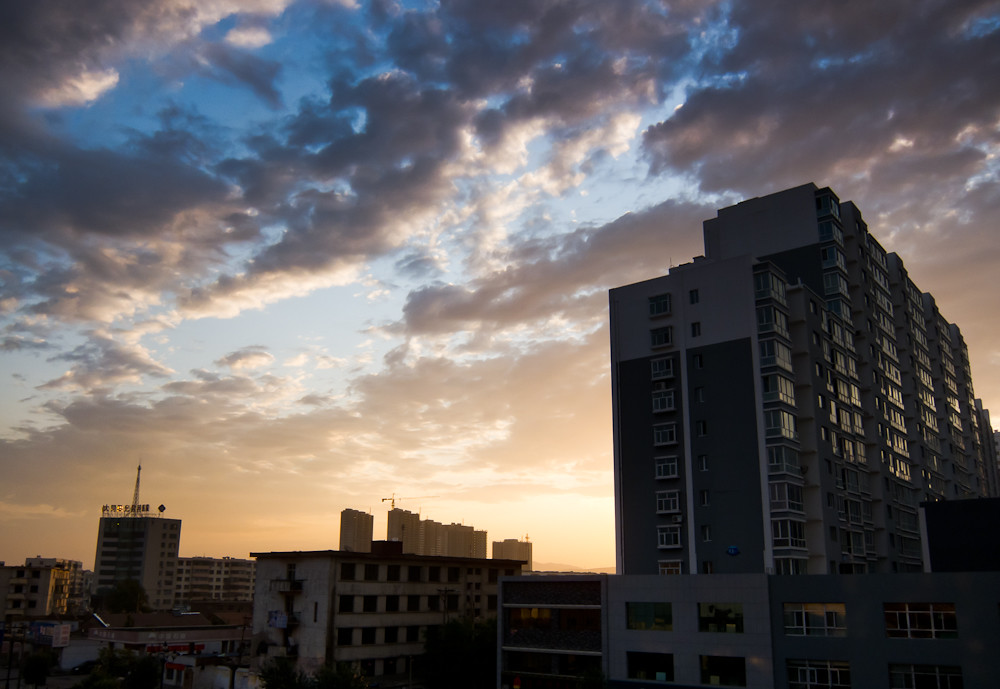




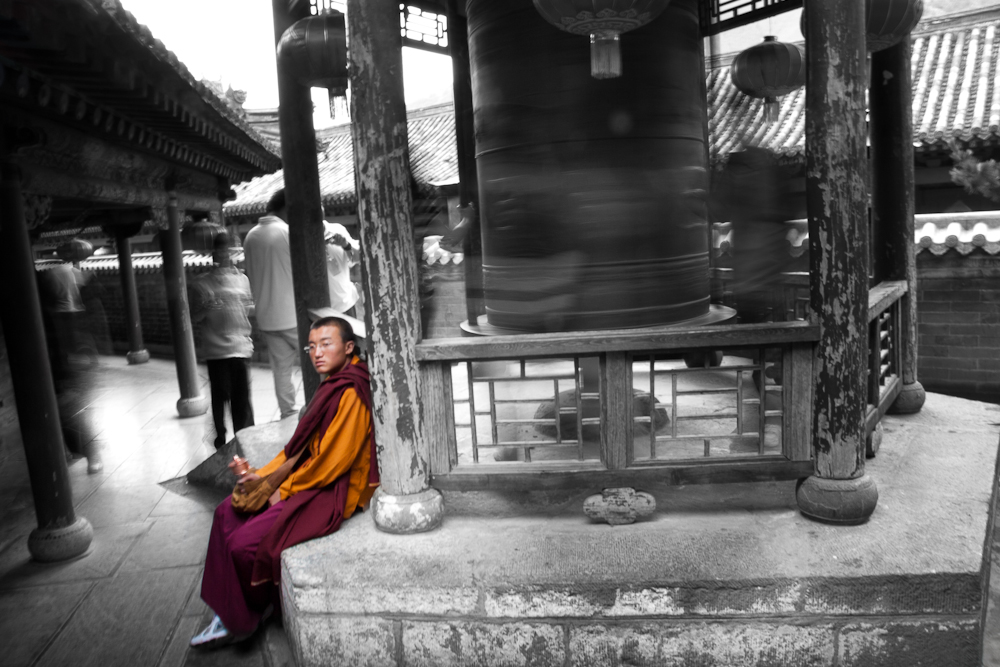
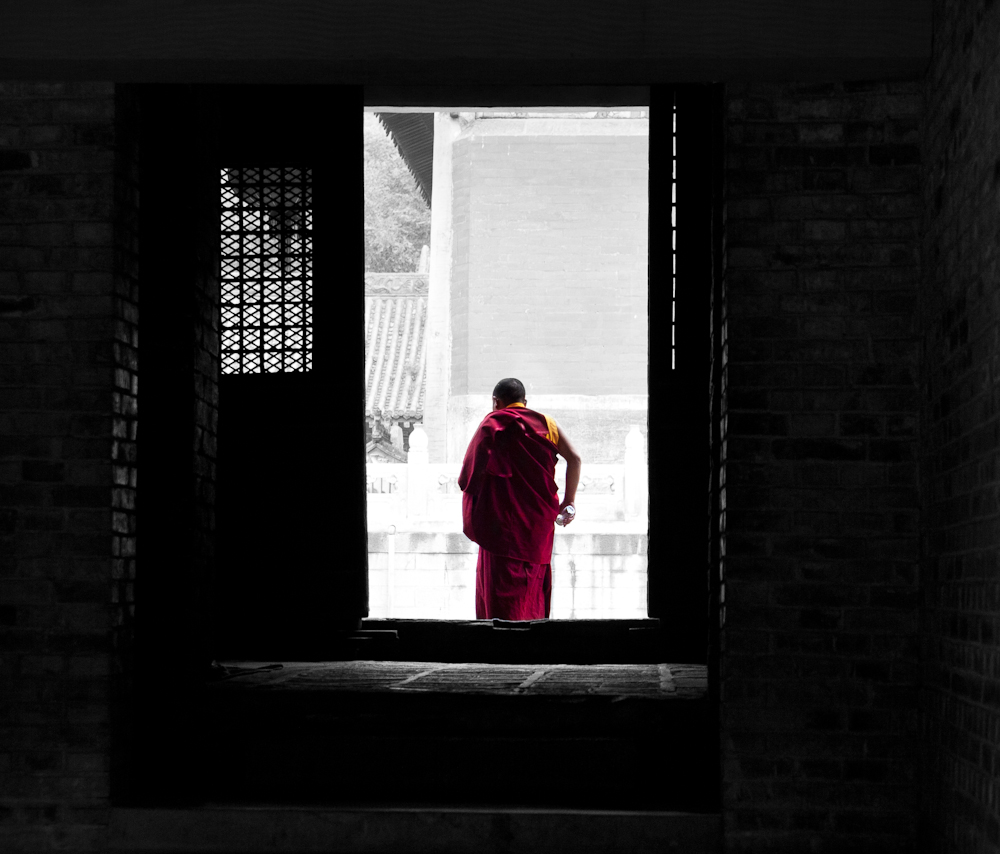
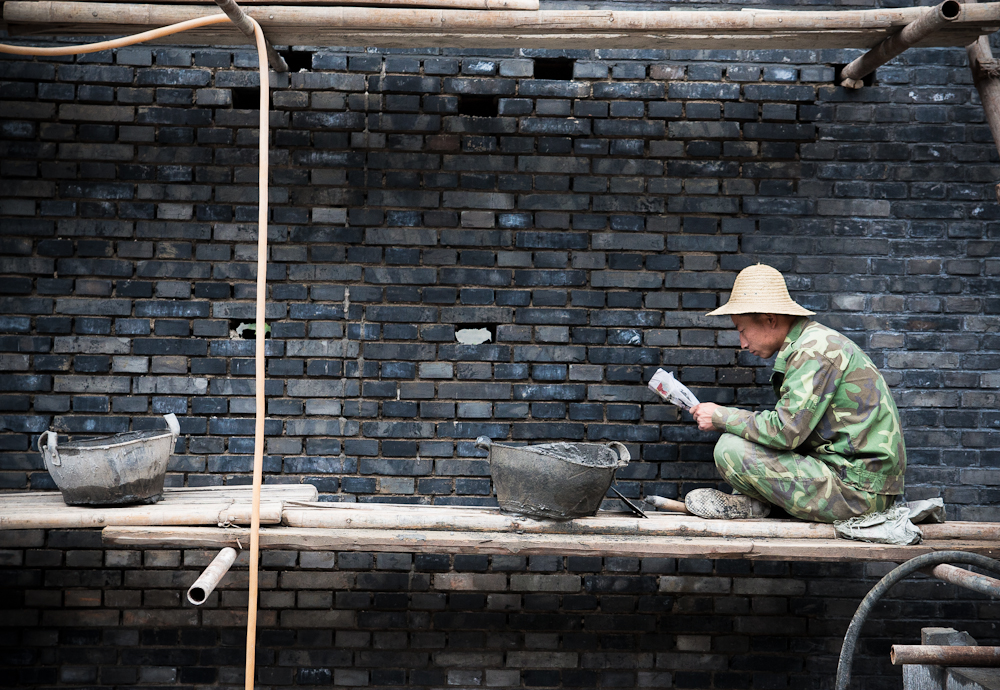

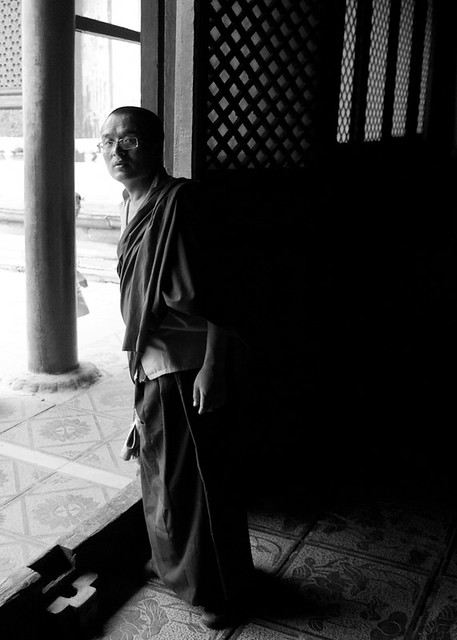


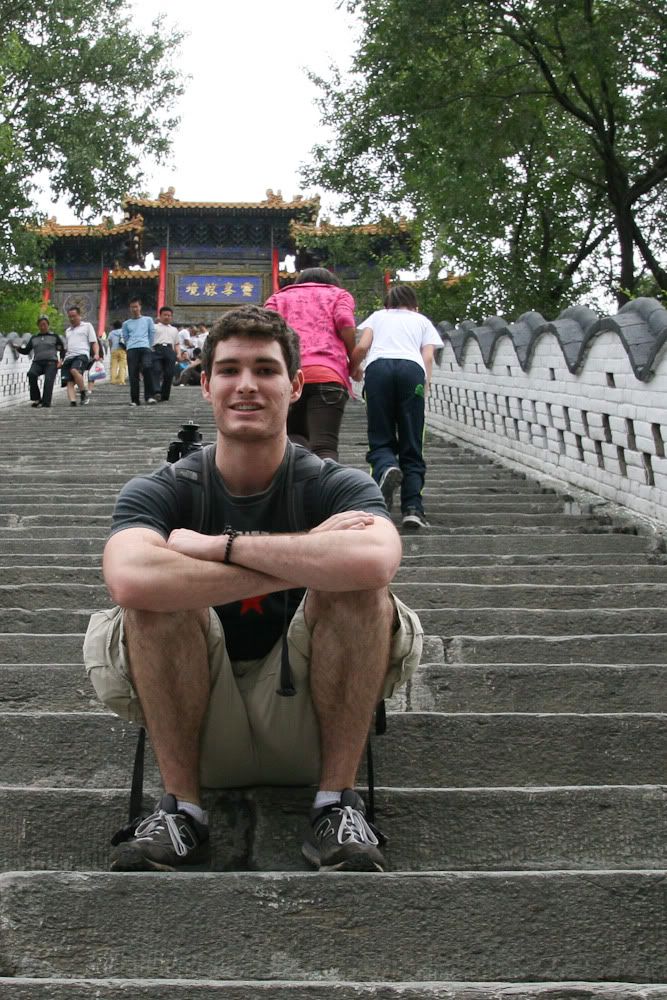




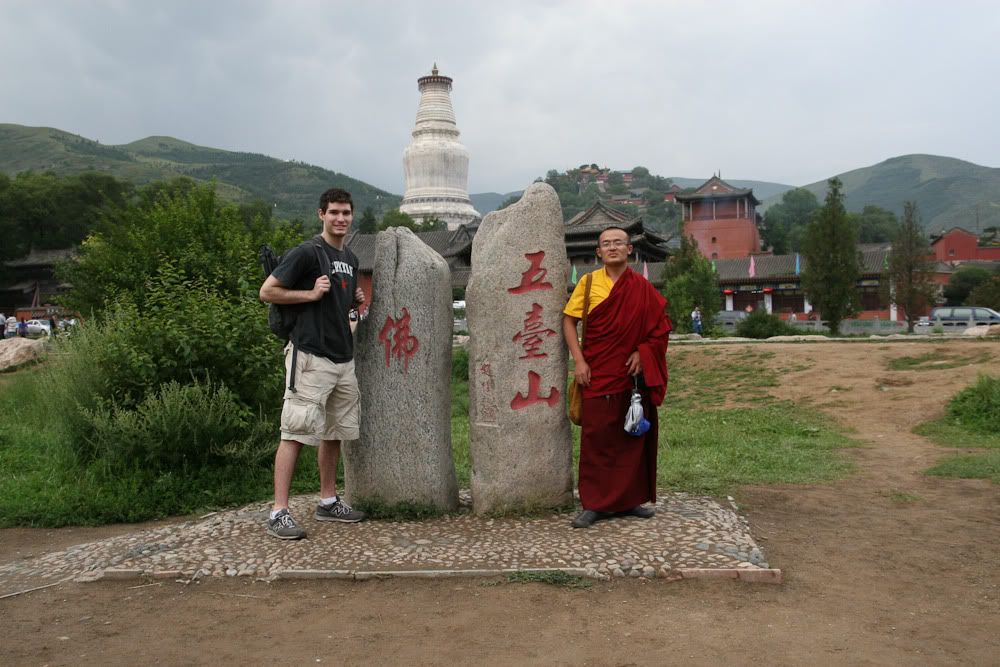
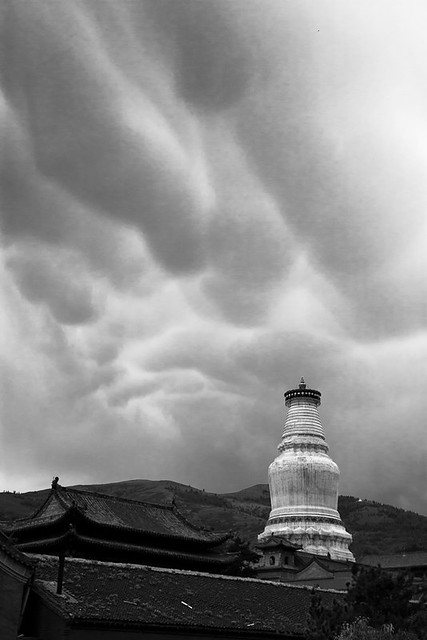

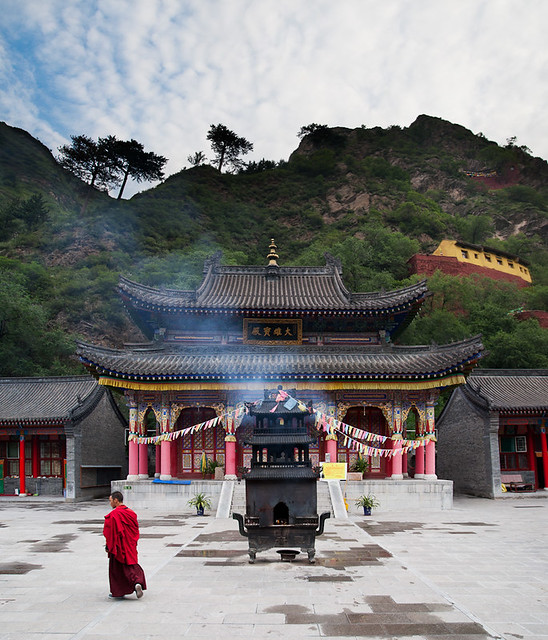
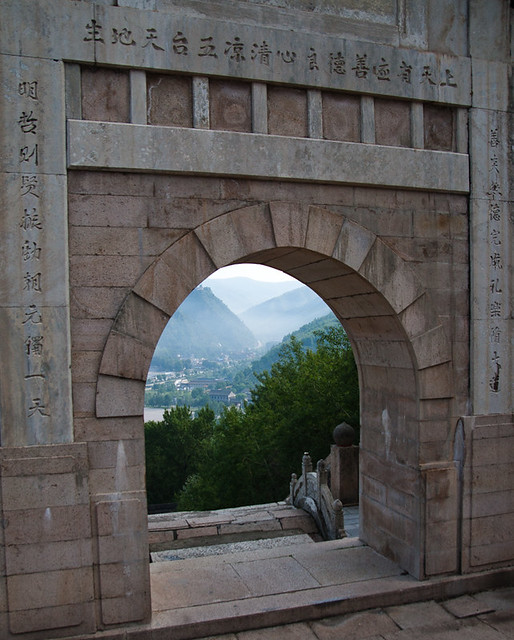
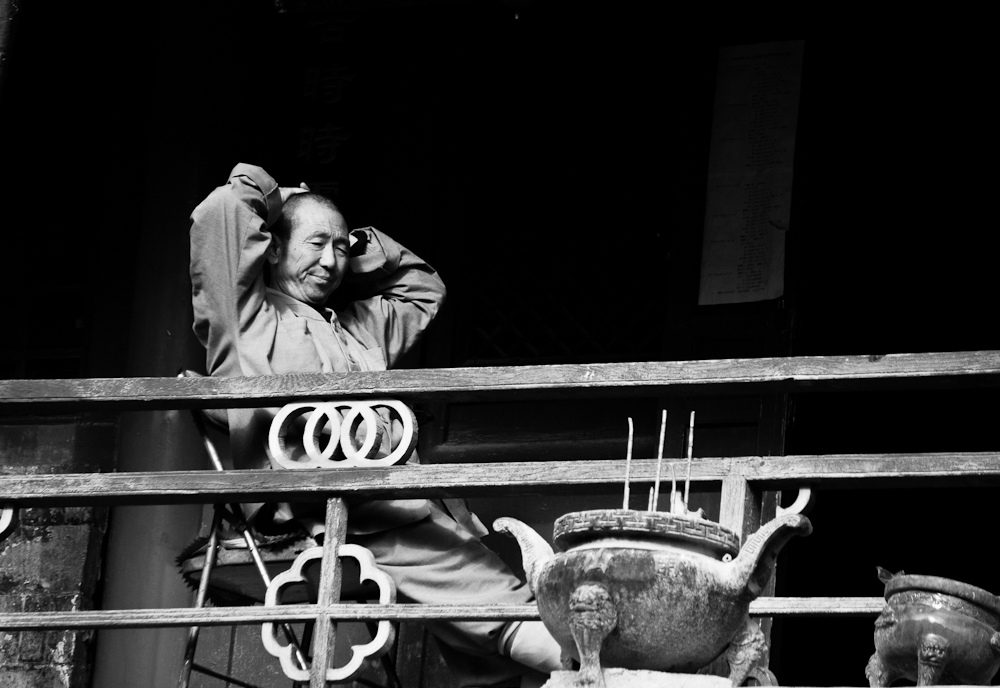
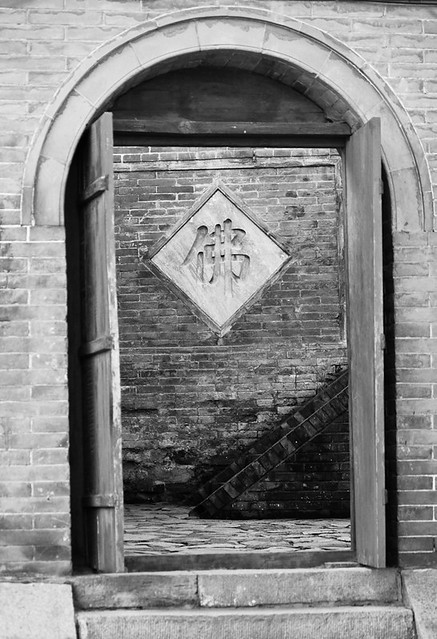
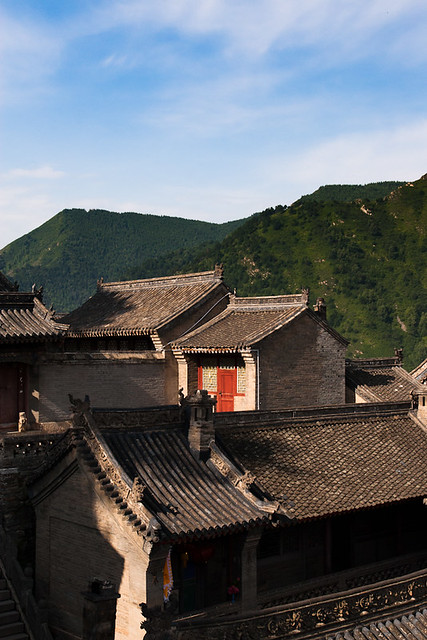
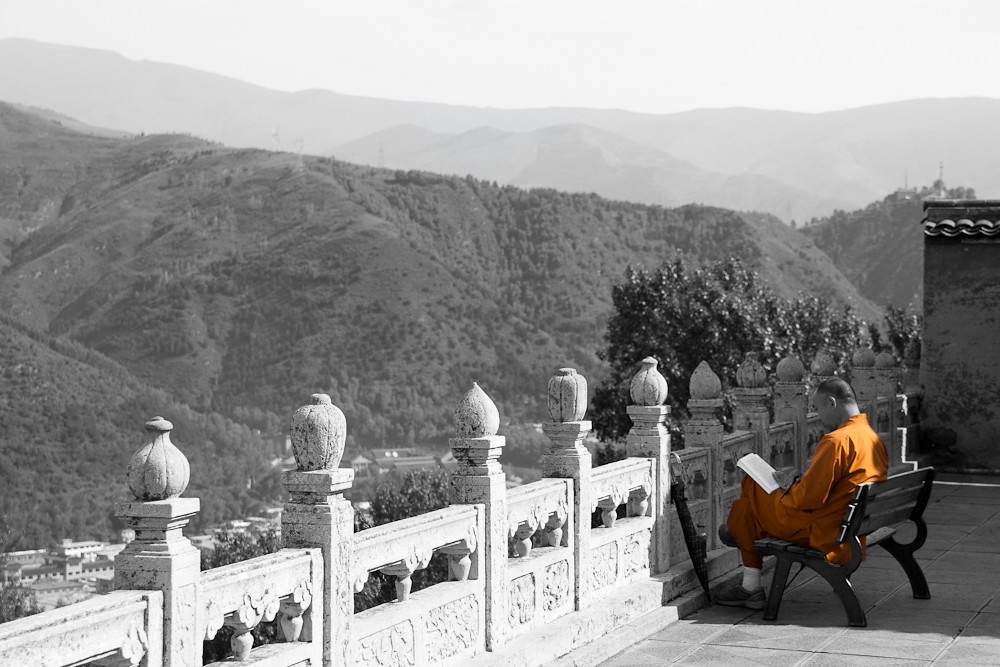
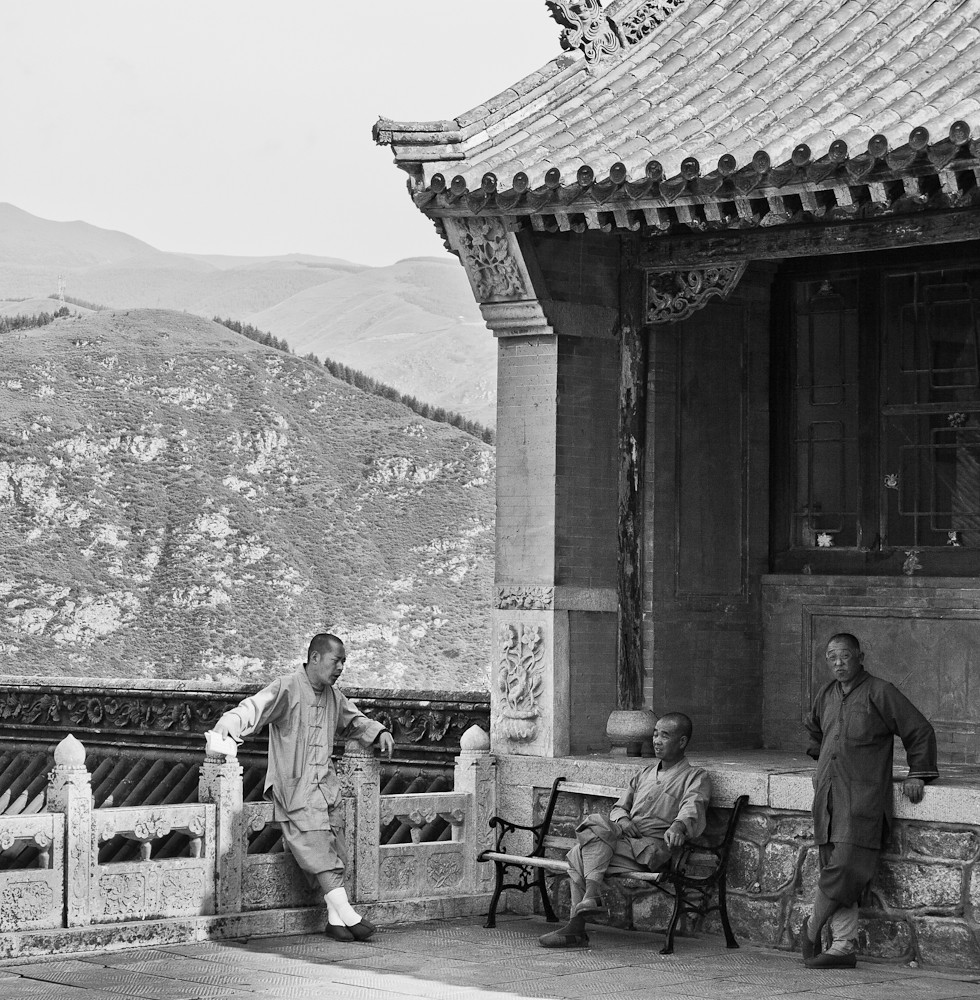
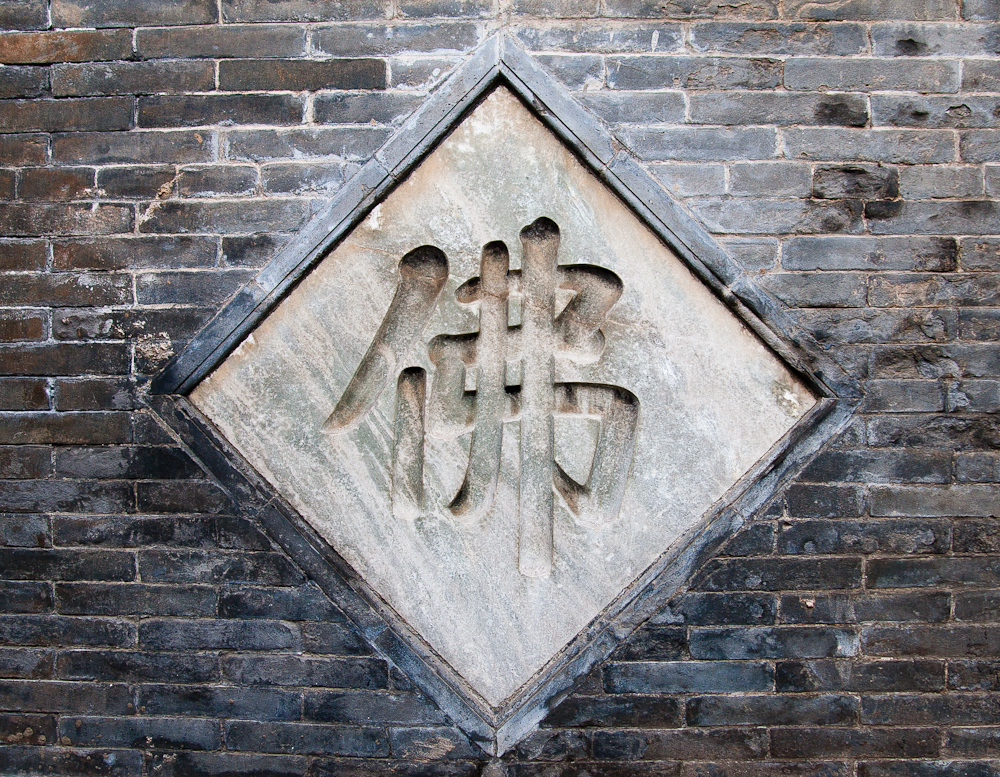

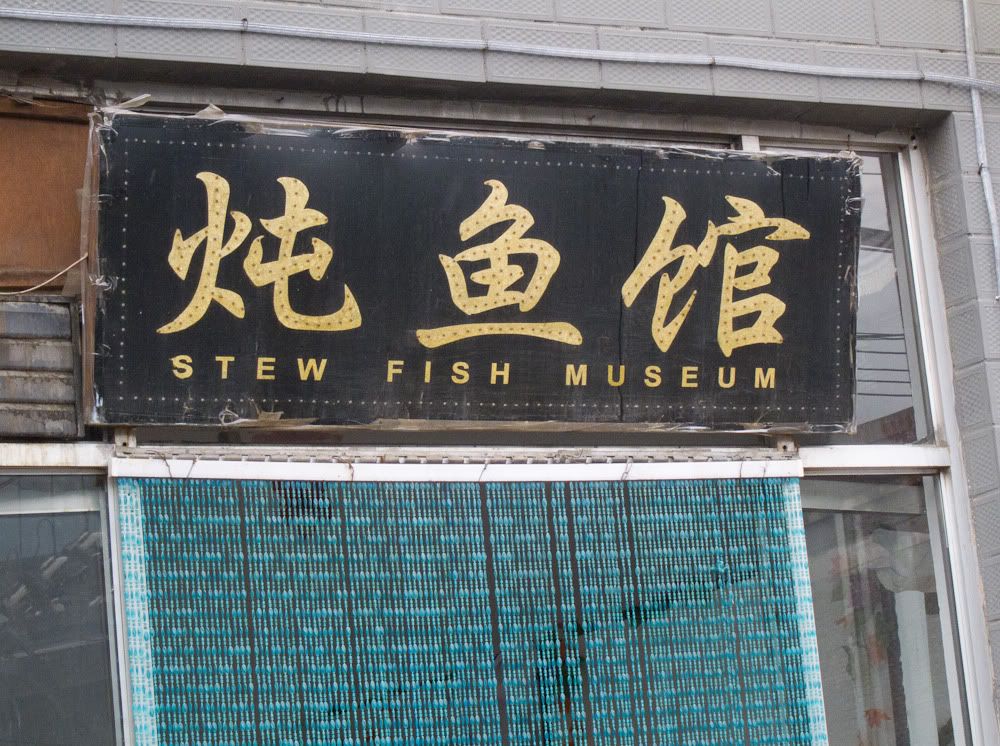
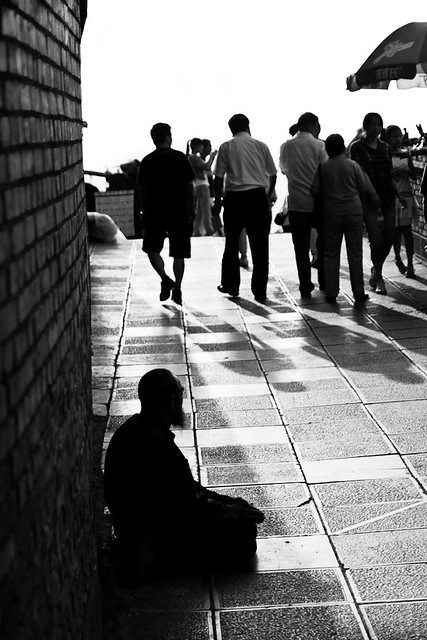




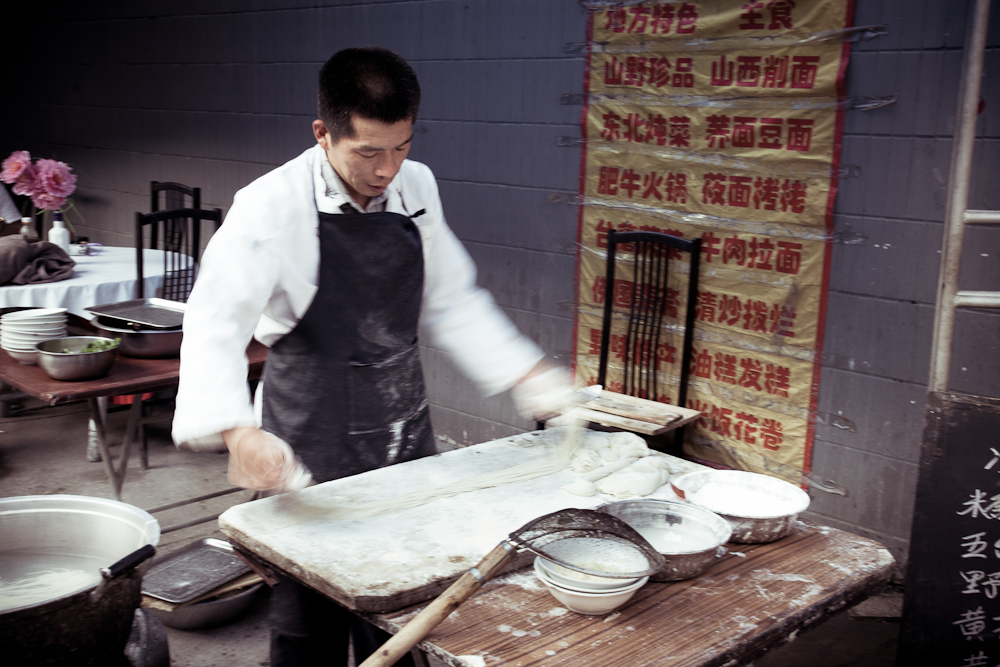
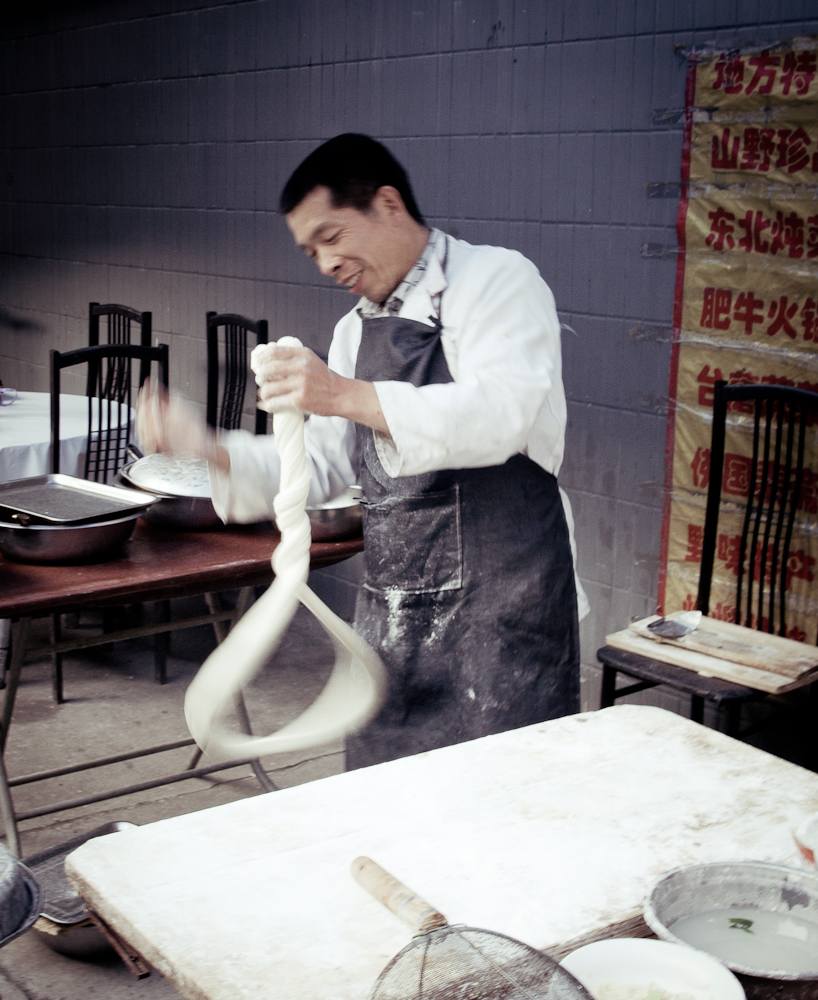

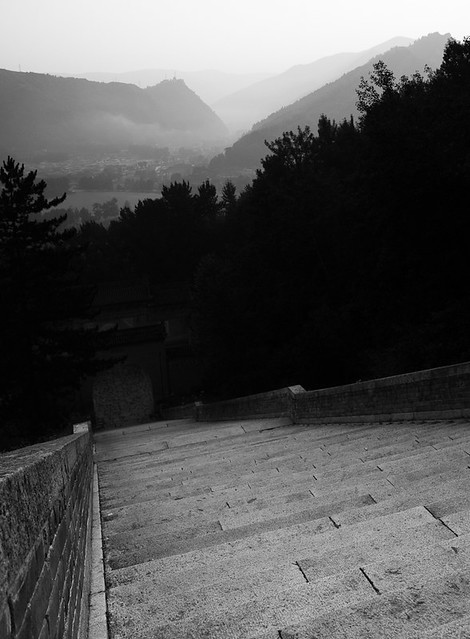

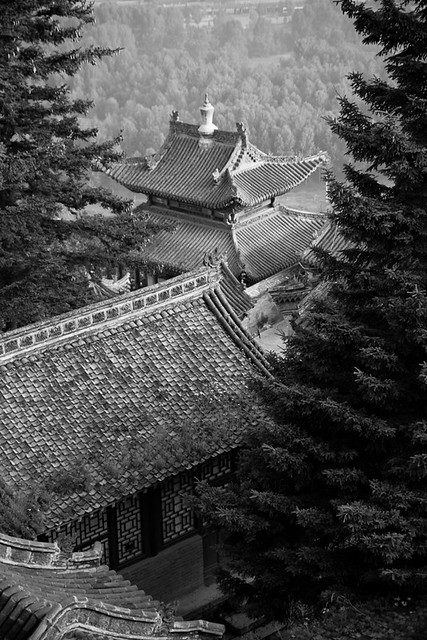
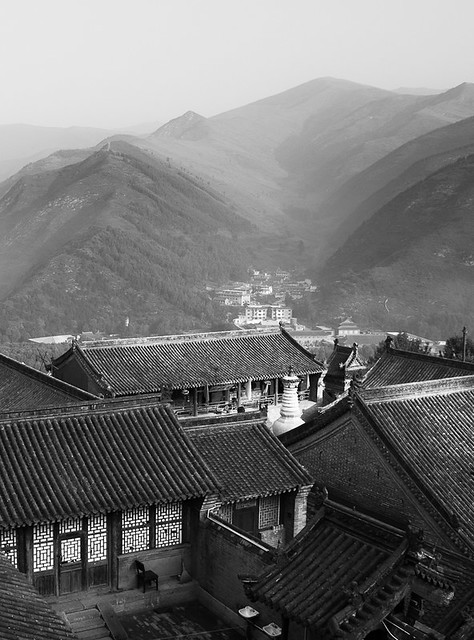

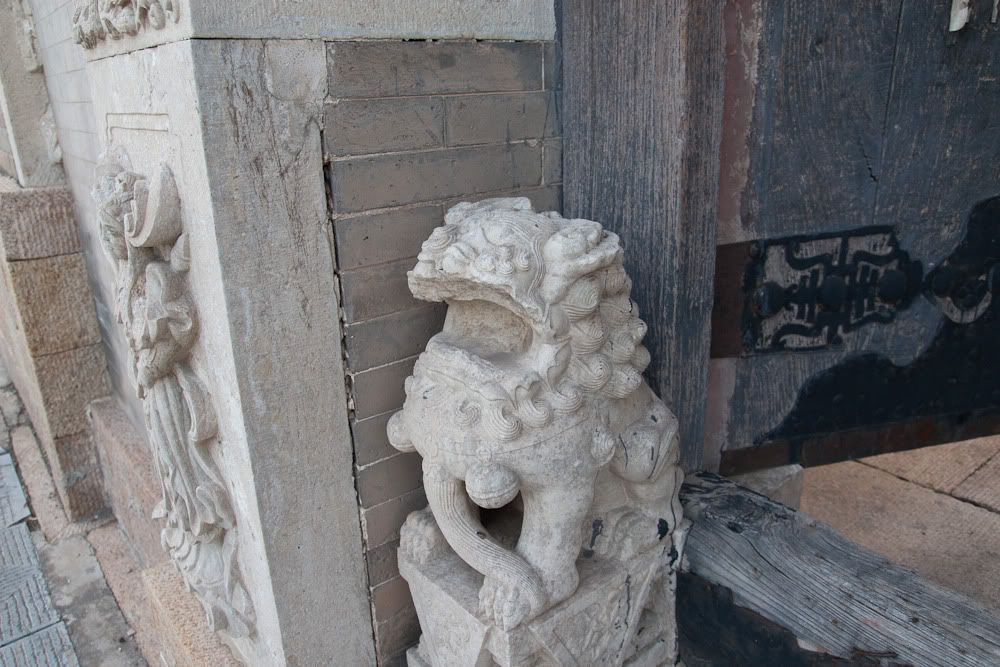

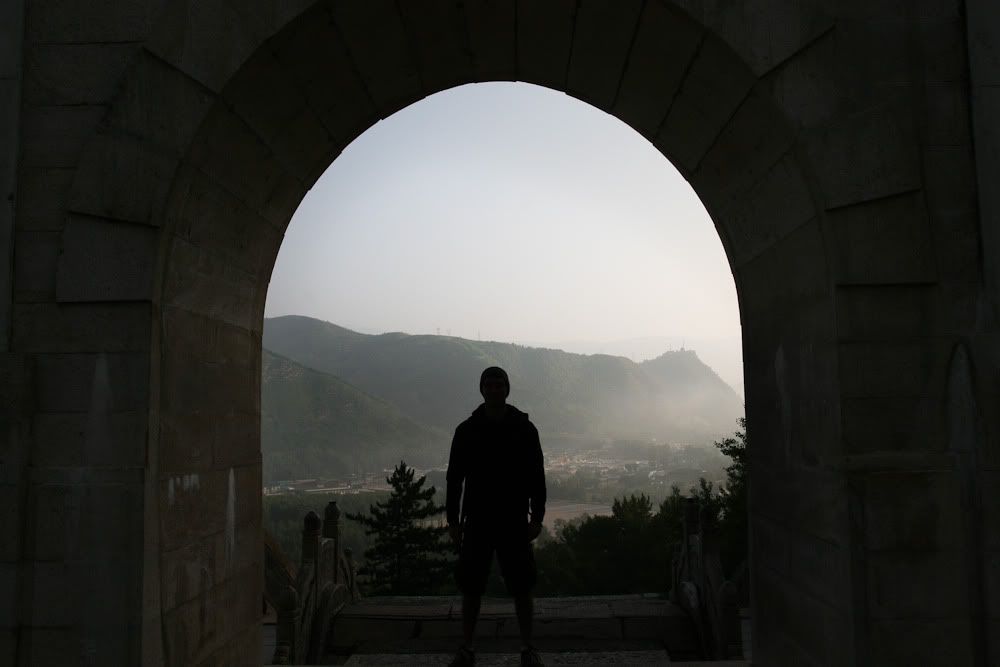
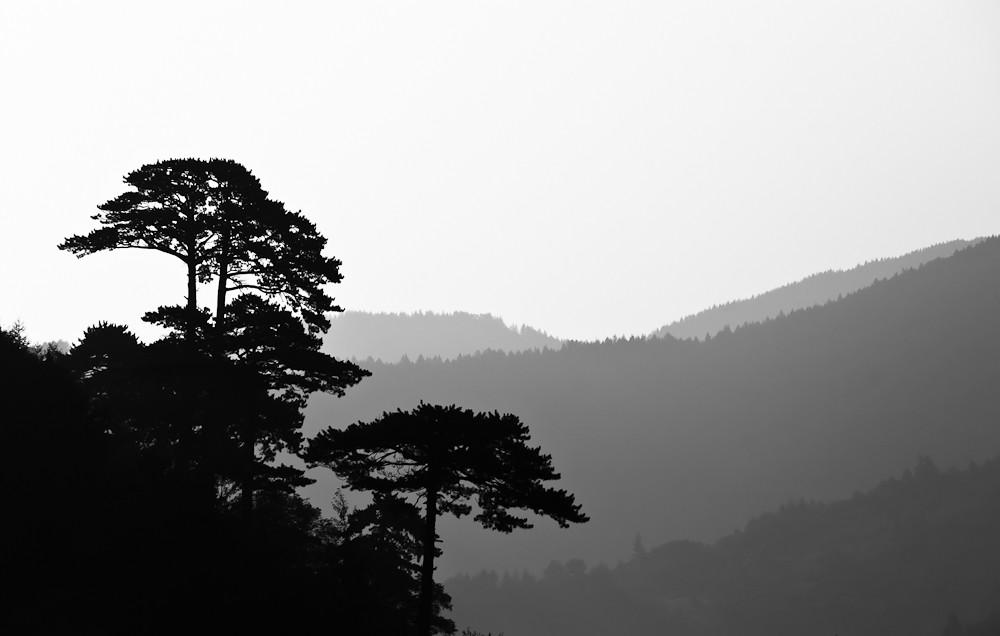

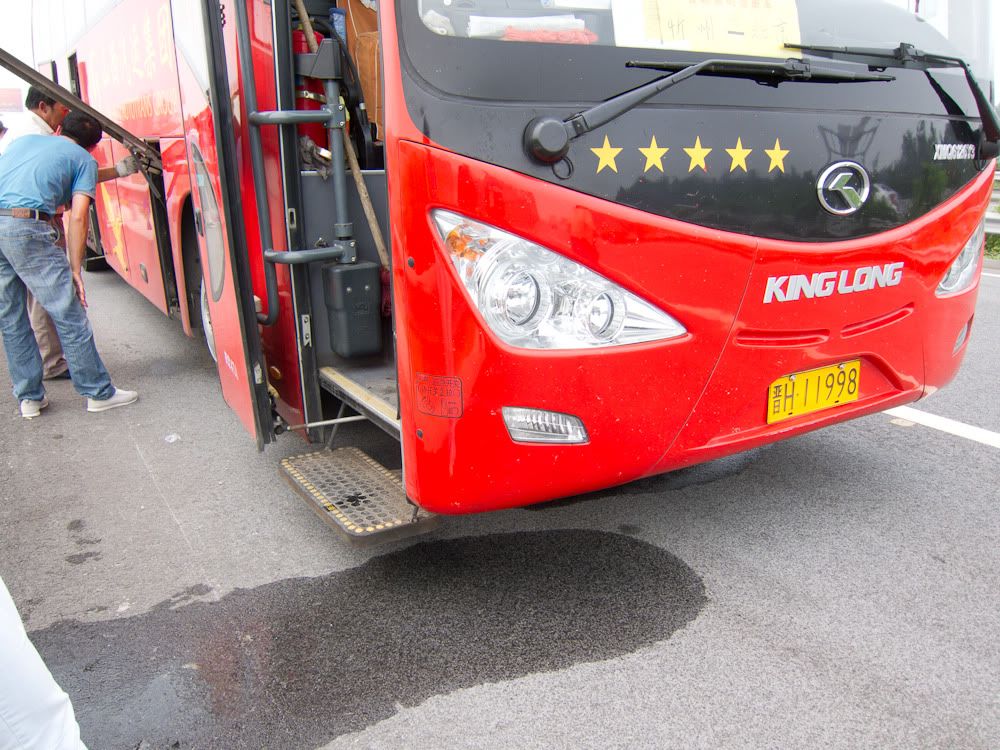






0 comments:
Post a Comment